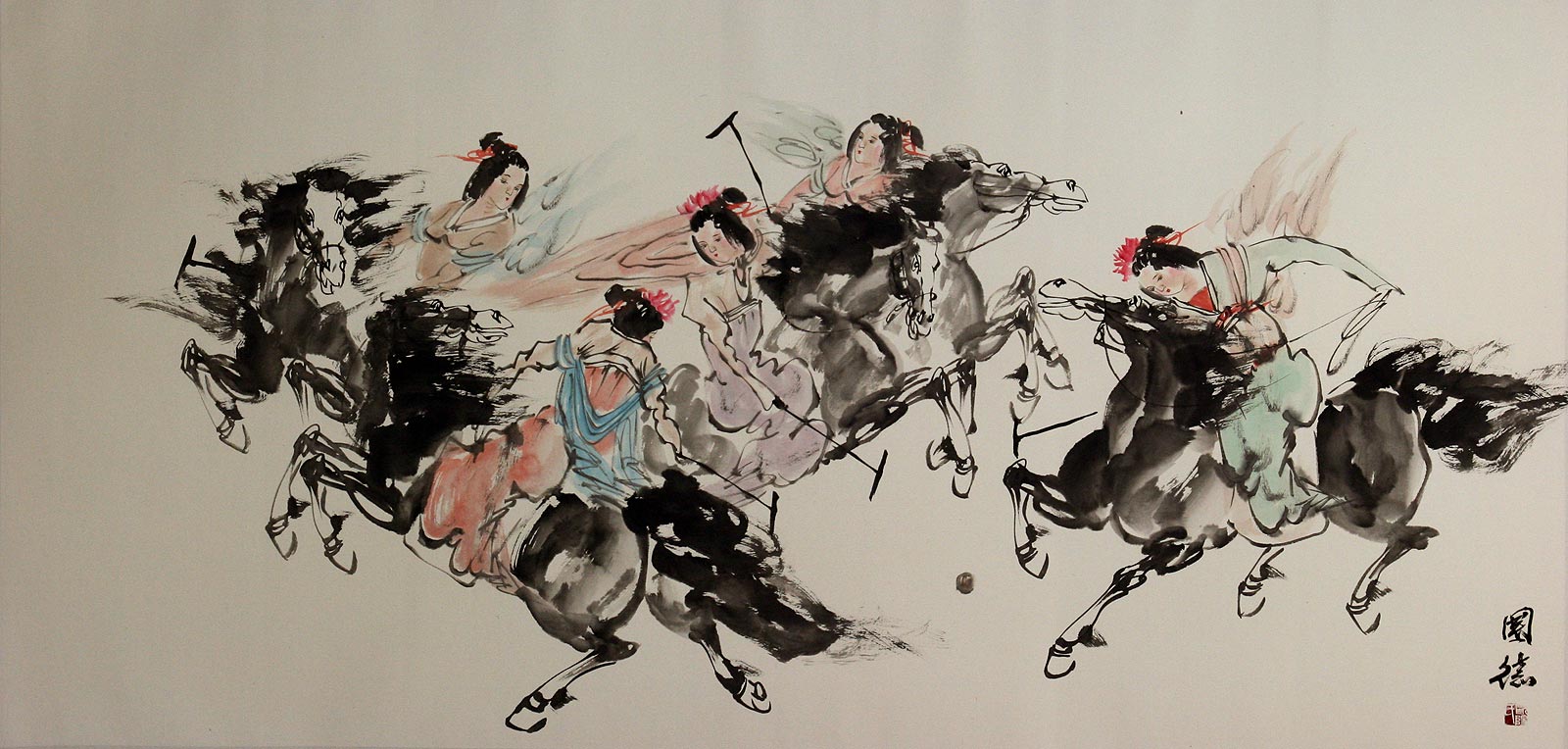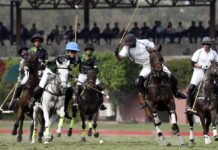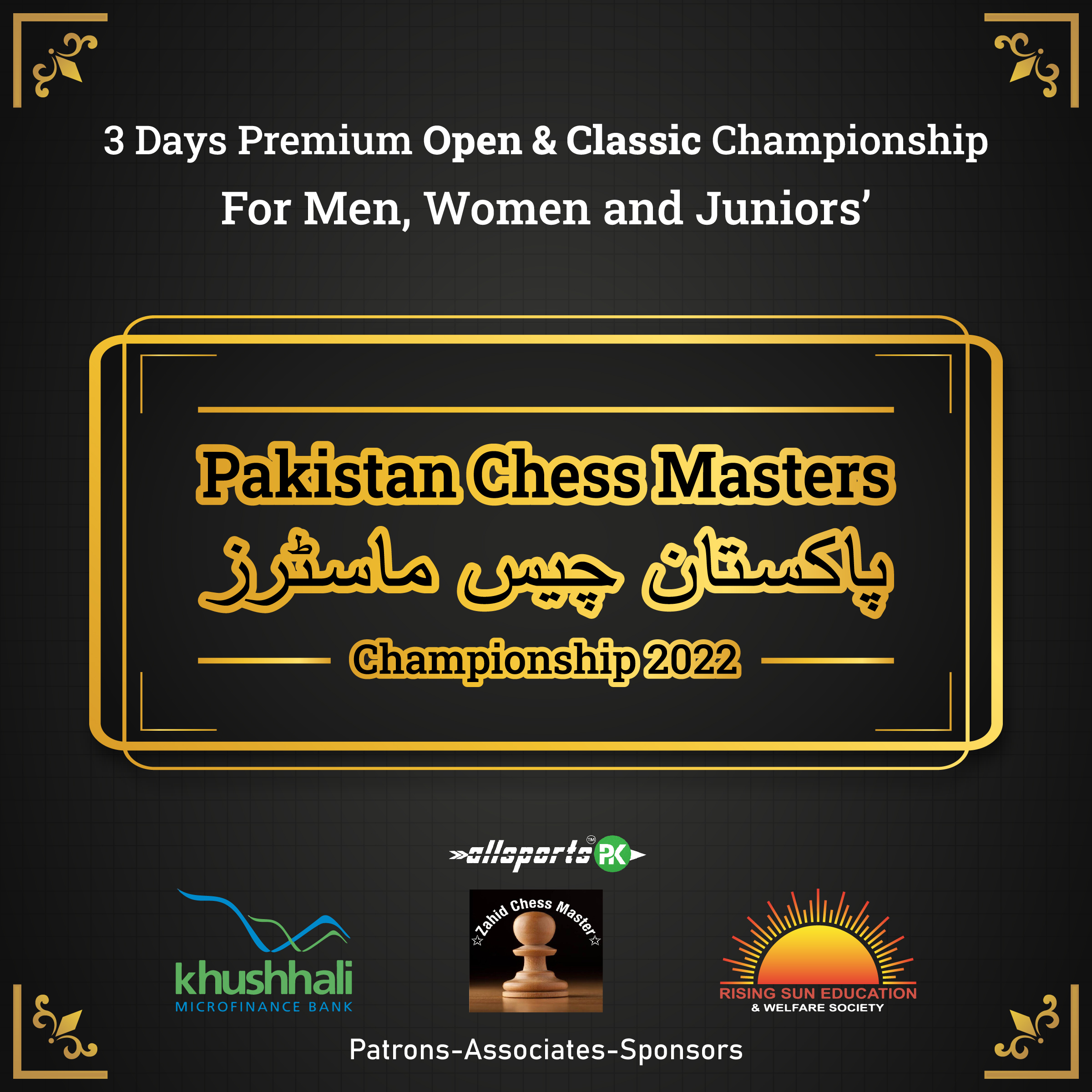The precise origins of Polo are obscure and undocumented. Nevertheless, the game is believed to be probably the world’s oldest organized sport and existent since 2,500 years or more. Initially thought to have been created by competing tribes of Central Asia, it was taken up in Asia as the game to train the Royal’s cavalry coupled with the most noble of pastimes for the kings, emperors, shahs and sultans, khans and caliphs of the ancient Persians, Arabs, Mughals, Mongols and Chinese. It was for this reason it became known as “the game of kings”. Further, in the middle Ages the game spread to Constantinople, Tibet, China and Japan, and to India.
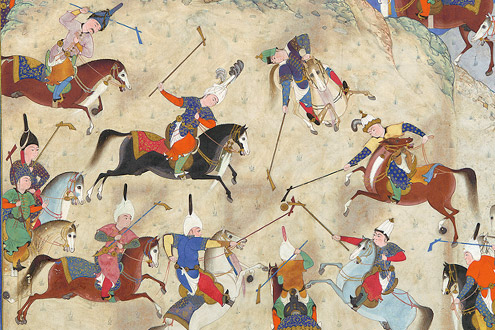
The earliest Royal connection to Polo according to some scholars originates from Darius I, the ruler of the Persian Empire in the 6th century B.C. The Iranian penchant with the game reached to the level that besides becoming a national game, its account is also found in the Persian literature and art. Firdausi, the most famous of Persia’s poet-historians, gives a number of accounts of royal polo tournaments in his 9th century epic, Shahnamah. Then the Persian poet Omar Khayyam used polo to illustrate philosophical points in his famous work Rubaiyat. And the epic connotation with Polo is the 13th century Persian poet Nizami who weaved the love story of the Sassanid King Khusru and his beautiful consort Shirin’s ability on the polo field.

As Persian’s some historians consider the Chinese (the Mongols) to be the first who tried their hands at the game. This to some extent is evidenced by the verse, “Let other people play at other things; the king of games is still the game of kings” inscribed on a stone tablet beside a polo ground in present day city of Gilgit, Pakistan south of the legendary silk route from China.
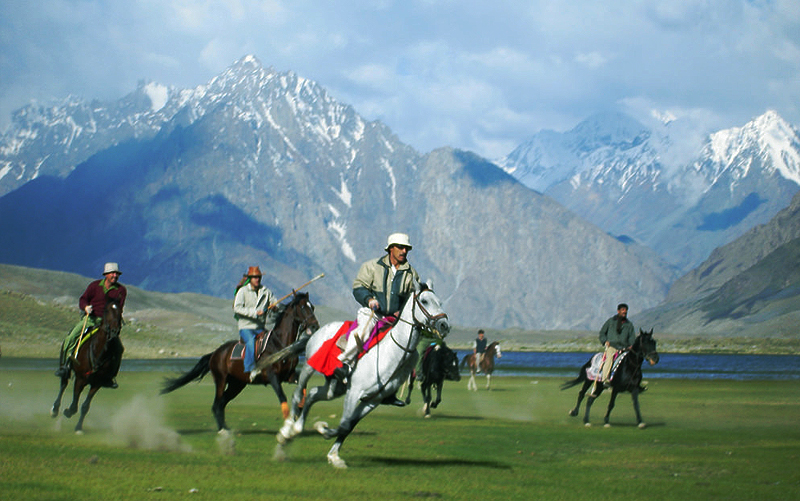
During the same period the Muslim rulers of the present day Pak-Indian subcontinent were also as captivated with Polo as the neighbouring Persian and Chinese Royals. A foremost evidence is Sultan Qutab-ud-Aibak, a 13th century King who died in Lahore, Pakistan while playing Polo. The Polo Legacy continued with Mughal king Baber ,who founded in 16th century, the Mughal Empire in India. Akbar the Great of the same dynasty was so fond of the game that supposedly he used to also play at night with torchlight. And interestingly the Mughal queen Nur Jehan, wife of 16th Century Mughal Emperor Jahangir, was also known to be skilled at polo.

In 1800’s the British tea planters developed interest in the game and gradually as the Royal dominance lessened, the game became dominated by the British military officers and the tea planters. In early 1850’s the British Cavalry formalized the game by developing the rules of the game. This combined with founding in 1859 of The Silchar Polo Club in Manipur, a northeastern state of India, initiated the modern game of Polo. Subsequently, from India, polo spread as fast as its enthusiasts could travel, appearing in Malta in 1868, England in 1869, Ireland in 1870, Argentina in 1872, Australia in 1874 and the USA in 1876. Interestingly Polo was on several Olympic Games schedules, but was last an Olympic sport in 1936.
Polo continues, as it has done for so long, to represent the pinnacle of sport, and reaffirms the special bond between horse and horseman.
For more updates keep visiting allsportspk
